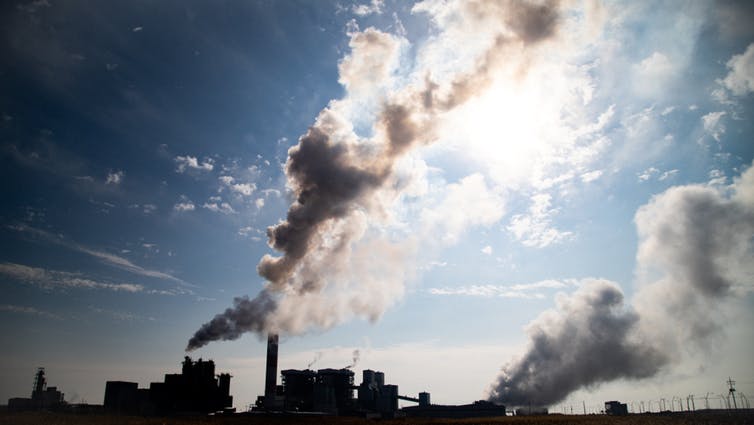Scientists alone can’t solve the antibiotic resistance crisis – we need economists too
Laurence Roope, Richard Smith &Sarah Wordsworth, The Conversation

Driven by widespread antibiotic use, bacterial infections are becoming increasingly resistant to treatment, and the pipeline for new antibiotics is running dry. Recent reports estimate that, without action, by 2050 resistance to antimicrobial drugs will cause up to 10m deaths a year globally and reduce gross domestic product (GDP) by 2-3.5%.
These dire warnings are similar to those for climate change. A 2°C rise in global average surface temperature above pre-industrial levels will reduce GDP by about 3%. However, the difference with climate change is that economic analyses have helped to inform recommendations by the Intergovernmental Panel on Climate Change and decisions made by the international community, such as the Paris Agreement.
Parallels
Using antibiotics and fossil fuels, the ultimate source of most carbon emissions, imposes future costs, for example, from life-threatening infections and extreme weather, respectively. People can feel little incentive to reduce their use of antibiotics or fossil fuels because the negative consequences of using these resources may occur far into the future. Also, these future consequences may be unavoidable unless many other people also reduce their use.
The science of modelling antibiotic resistance levels or temperature rises, and their impacts on health and the economy, is highly complex and has many uncertainties. In our recent review, published in Science, we argued that, as with climate change, precaution requires setting ambitious but pragmatic targets for reducing antibiotic use on a country-by-country basis without delay.
As with climate change, science alone cannot solve the antibiotic resistance crisis. In particular, developing new antibiotics is not just a scientific problem. Without the right incentives, pharmaceutical companies will not try to develop the new drugs that we need.